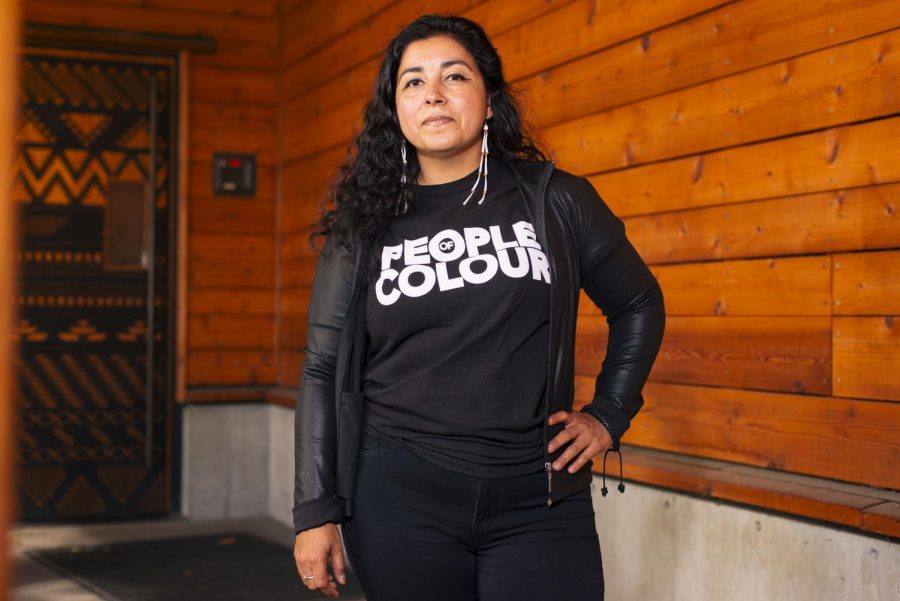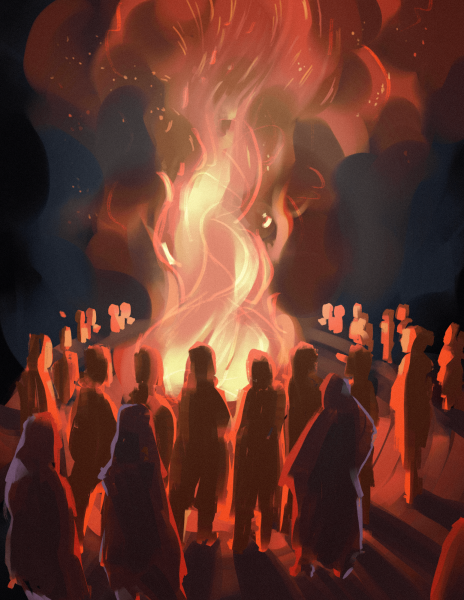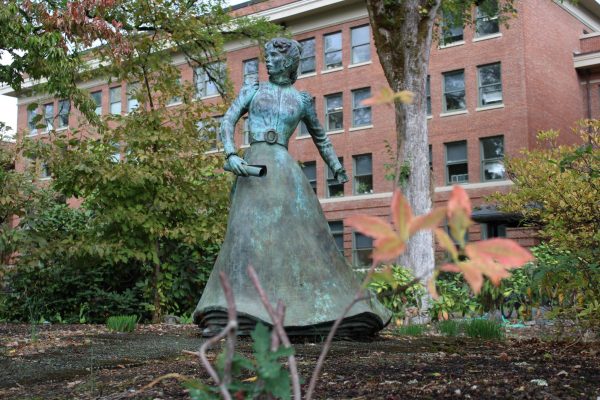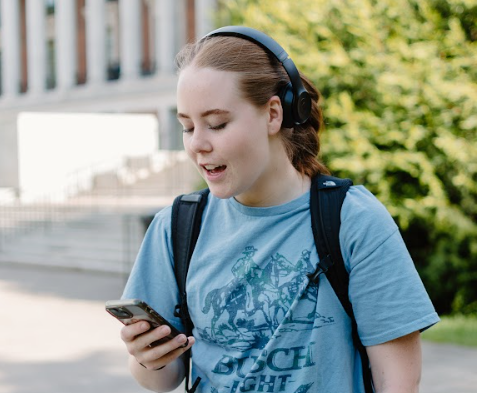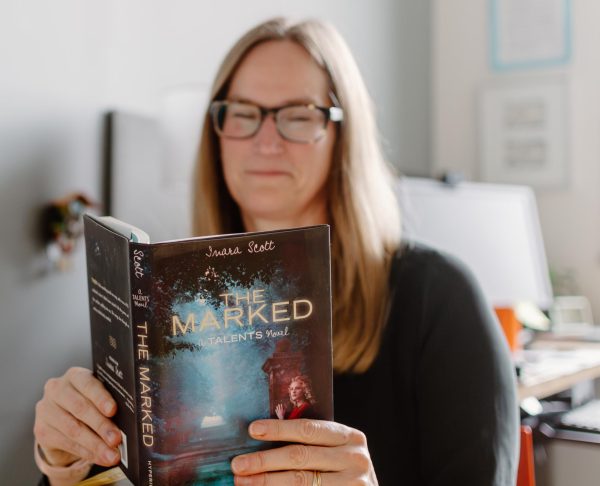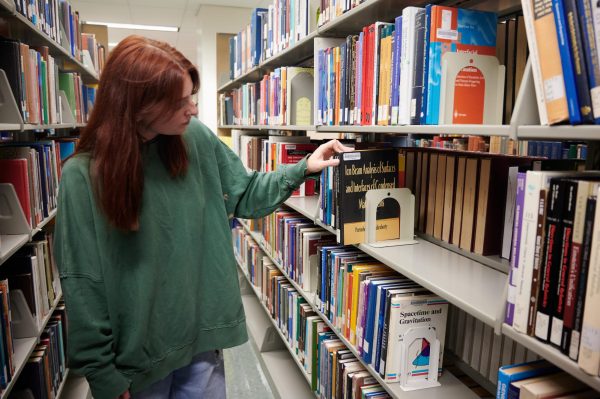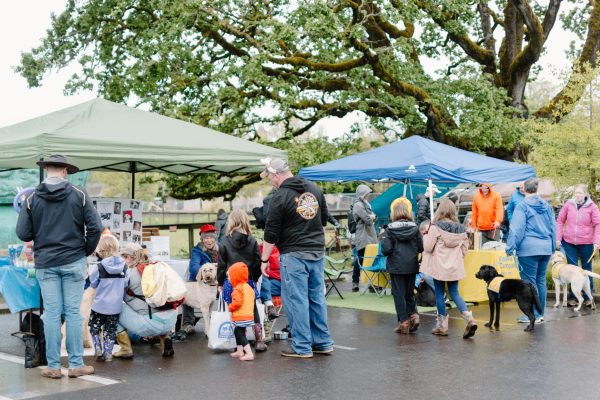‘Being able to teach and work in a center is really powerful:’ Luhui Whitebear on being first tenure-track center director
Luhui Whitebear, posed outside of the Ina Haws center.
November 3, 2022
The number of Indigenous tenure-track faculty members on Oregon State University’s campus is in the single digits. Even more rare? A tenure-track faculty member who is also a center director.
Ina Haws Center Director Luhui Whitebear is an assistant professor of Indigenous Studies in the School of Language, Culture and Society, and in May 2022, she was hired for tenure track alongside two colleagues.
“There weren’t any tenure-track Indigenous women for a while, either,” Whitebear said. “For me and Dr. Patricia Fifita to come on as Indigenous women that are tenure-track was pretty significant, too. All three of us were brought in as a cluster hire—me, Dr. Fifita and Dr. David Lewis—we got pulled in together because of the Indigenous Studies minor.”
Tenure track, Whitebear explained, is a full-time faculty position where the university allows someone to remain part of the permanent teaching staff until they want to leave.
“A lot of times, Cultural Resource Centers are not looked at as places of learning, as knowledge production, when in fact they are very much places where a lot of the theory that’s being talked about in classes are being embodied in various ways,” Whitebear said.
“For me, being able to teach and work in a center is really powerful because it’s helping weave those two things together,” Whitebear said. “It’s helping highlight that they are spaces of learning and it’s allowing me to continue to do research that OSU views as needing to happen. If somebody is tenure-track, that’s because your research profile or what you’re working on is viewed as something that will contribute to OSU’s future, as far as producing scholarship.”
There is a huge split between academic and student affairs, according to Whitebear.
“It’s not necessarily a bad thing that there’s two different focuses, but oftentimes, the work is looked at as separate, when in fact it can be a combination of the two,” she explained. “To be able to now try to have this path with the Centers has shown what is possible and it’s a beautiful agreement between Diversity and Cultural Engagement and the SCLS.”
Having a full time Graduate Teaching Assistant has allowed Whitebear to maintain this dual role as professor and director.
“If you think about how many faculty that are tenure track, that’s not very many, and I know who they all are,” Whitebear said. “It’s great that we all know each other, but it’s such a small percentage. I think that as OSU continues to increase its number of Indigenous tenure-track faculty and the commitment to being a land-grant institution and the responsibilities that come with that towards Indigenous people and tribal nations.”
Whitebear said it was really important to her to see if this model could work, to set a precedent for other center directors in the future, not just for SLCS but perhaps other academic units as well.
“I hope that it sets a precedent and a model that can be used in the future, especially for Indigenous spaces, that they’re viewed as places of learning and knowledge production, because a lot of the time Indigenous knowledge is viewed as other, or alternative, and not looked at as central,” Whitebear said. “That’s part of the reason why I like teaching in the Ina Haws because it helps center the space itself as a space of learning and it changes the way people view these spaces.”
Some of the classes Whitebear teaches include a section of Introduction to Native American Studies for the munk-skukum learning-living community students — which is also open to students outside of the LLC, but is designed for that LLC in particular.
The munk-skukum Indigenous community offers a residential space for students to explore cultural identity and learn more about the lands on which they reside, according to the University Housing and Dining website.
She also teaches the Native American law and policy class, decolonizing feminist methodologies, arts and social justice, Native American philosophies, and two classes she is currently proposing: Indigenous feminisms and Indigenous resistance and pop culture.


